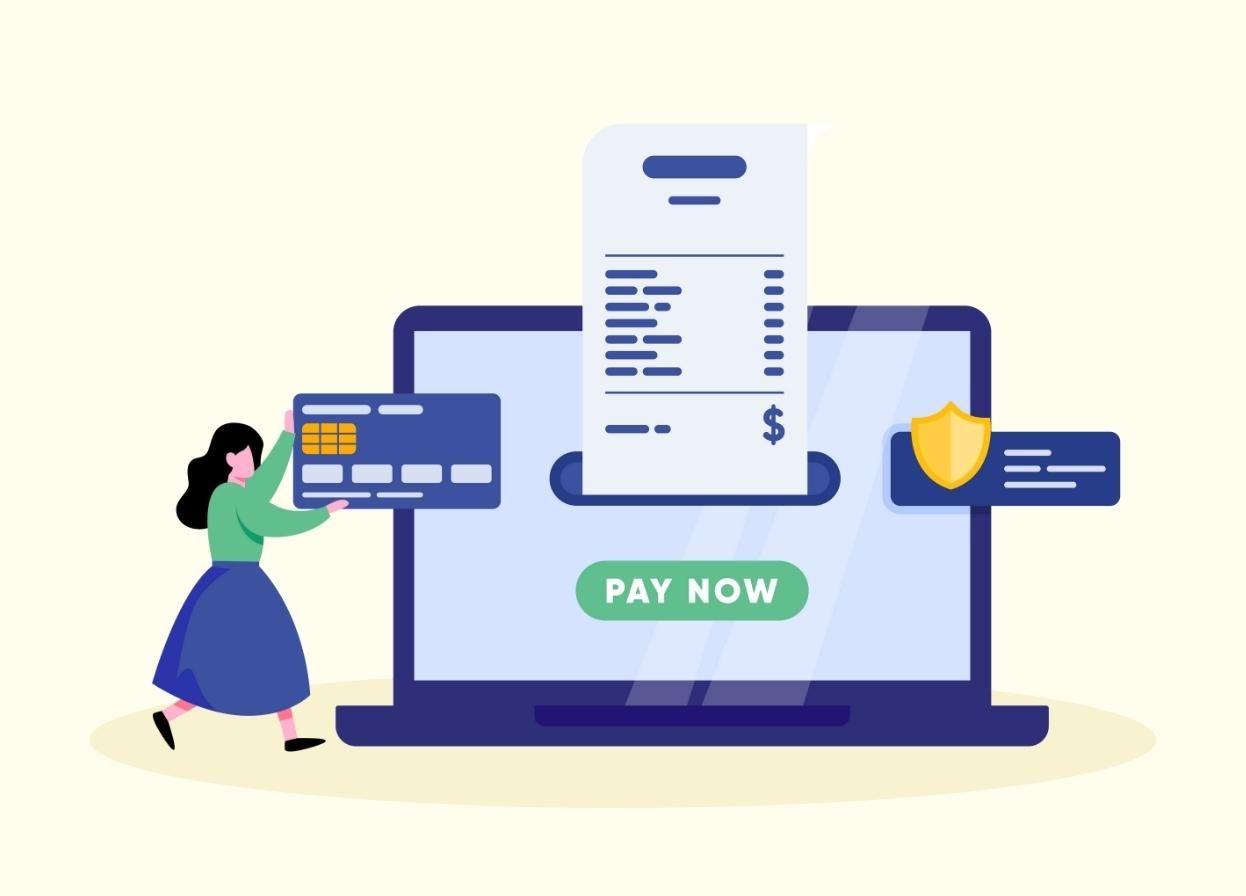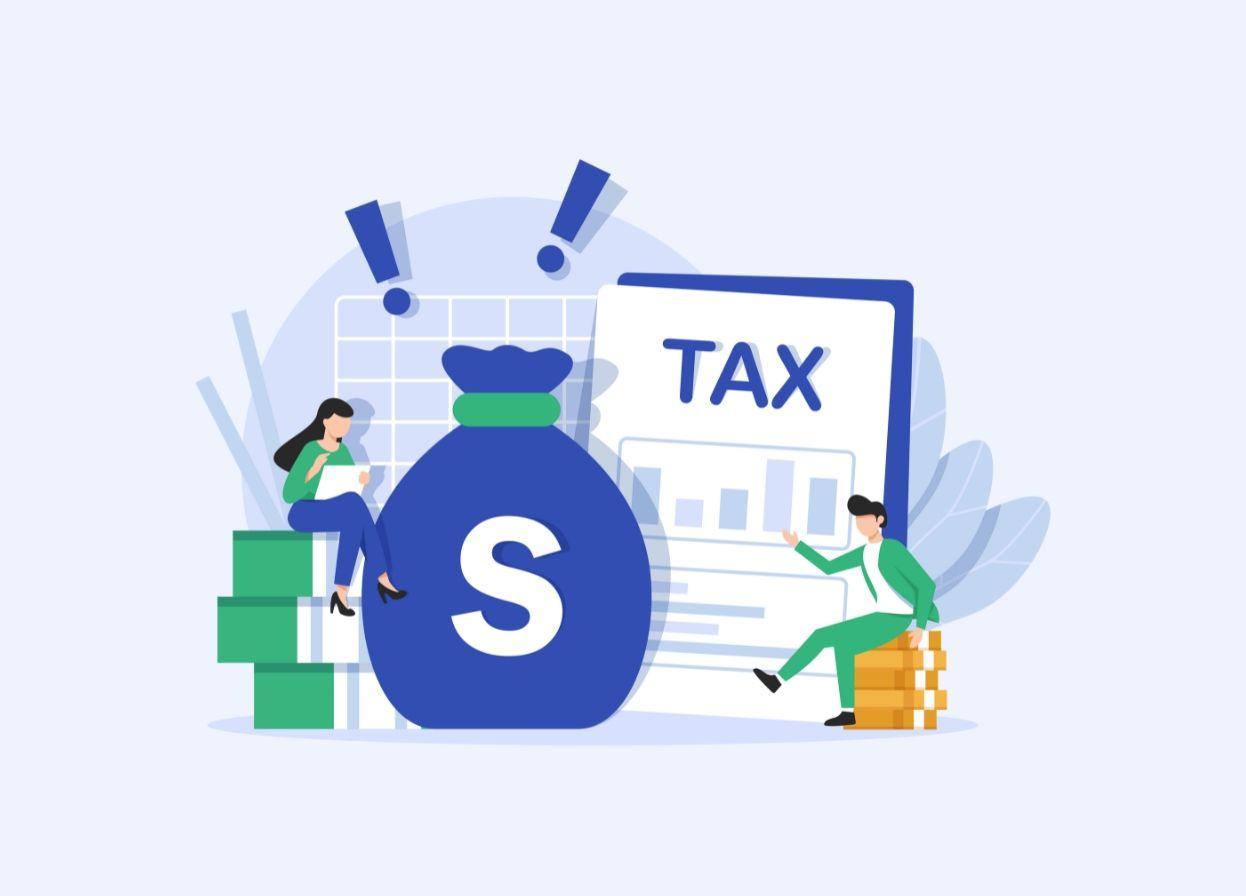Current vs Savings Account for Freelancers in India

Freelancers in India often wonder which bank account to use for their business income. Can you run your freelance gig on a regular savings account, or is a current (business) account better? T
His guide explains the key differences between savings and current accounts, and tells you when to use each. We’ll cover interest rates, transaction limits, overdraft facilities, and tax compliance issues (like FIRA and GST) to help Indian freelancers make the right choice.
Understanding Savings and Current Accounts
Savings Account
Designed for individuals to save money. You can deposit funds and earn interest on your balance. In India, banks typically offer around 2–4% annual interest on savings accounts.
Savings accounts usually have limits on free withdrawals and require a lower minimum balance (often ₹500–₹10,000). They are ideal for building an emergency fund or short-term goals, and come with basic facilities like ATM/debit cards and net banking.
Current Account:
Meant for business transactions. Current accounts do not earn interest on deposits, but they allow unlimited transactions and higher cash/deposit limits. They often require a higher minimum balance (₹10,000+).
Current accounts provide business features like overdraft facilities (short-term credit) and multiple cheque books. They are tailored for professionals or businesses that handle frequent/large payments.
Key Differences at a Glance: Current Vs Savings Account
- Purpose: Savings accounts are for personal savings; current accounts are for business cash flow
- Interest: Savings accounts pay interest (typically ~2.5–4% annually). Current accounts do not pay interest on the balance.
- Transactions: Savings accounts often limit free cash deposits/withdrawals (e.g. about 3–5 free branch withdrawals per month. Current accounts have no transaction limits; you can deposit or withdraw frequently without penalty.
- Minimum Balance: Savings accounts usually require a lower minimum balance (often a few hundred to a few thousand rupees). Current accounts require a higher balance (sometimes ₹50,000 or more) to stay
- Overdraft: Overdrafts are generally only available on current accounts. (A savings account holder would need a separate personal loan if they need extra funds.) Current accounts let you withdraw beyond your balance up to a set limit.
- Cheques and Payments: Current accounts typically come with multiple cheque books and easier digital invoicing. Savings accounts may limit cheques (free cheques are fewer)
- Fees and Compliance: Current accounts often have higher fees (for maintenance, transactions, etc.), but they support business compliance. For example, current account statements can include a Foreign Inward Remittance Advice (FIRA) – a document freelancers need for foreign income tax filings
| Feature | Savings Account | Current Account |
| Purpose | For personal savings | For business cashflows |
| Interest | Yes, around 2.5%-4% annually | No interes |
| Transactions | Limited free withdrawals (typically 3-5 free withdrawals) | Unlimited transactions |
| Overdraft Facility | Rarely availabel | Available, allows overdraft beyond balance |
| Cheque Book | Provides basic cheque book facilities, though usage may be subject to transaction limits or additional fees | Offers comprehensive cheque facilities suited for business operations, often with higher limit capabilities and professional presentation. |
| Fees and Compliance | Lower fees, usually no FIRA provided | Higher fees, FIRA and compliance-ready |
| Minimum Balance | Low (₹500–₹10,000) | High (₹10,000–₹50,000+) |
When to Use a Current Account (Why Freelancers Need One)
A current account is usually the safer, more flexible choice once your freelance business grows:
- High Transaction Volume: If you receive frequent payments (multiple times per week) or handle large transactions, the unlimited nature of a current account is ideal. For example, if you run an online store or work with multiple clients daily, a current account provides the necessary transaction capabilities without restrictions.
- International Payments: Working with overseas clients (Upwork, Fiverr, Amazon, etc.) requires receiving foreign currency. A current account makes this easier and provides FIRA documents for tax compliance.
- GST and Invoicing: Freelancers who are GST-registered need accurate records. Current accounts often integrate with GST-compliant invoicing systems, automating sales trackings. In contrast, using a personal savings account can complicate reconciling business income and expenses, raising audit risks.
- Professionalism & Separation: A dedicated current account gives your freelance business a clear identity. It separates your personal and business finances, simplifying accounting and taxes. Clients may also prefer paying into a business account, enhancing your credibility.
- Credit and Loans: Many banks tie business loans or credit lines (overdrafts) to current accounts. Kotak and IndusInd note that current account holders can access business loans and overdrafts crucial for cash flow gaps.
- Growth Scenarios: Once your monthly freelance income exceeds about ₹2–3 lakh, banks may flag a savings account for high volume. Current accounts support higher transaction limits and feature business-friendly perks like overdrafts
When a Savings Account Can Work
A savings account can be okay for very small-scale freelancers or those just starting:
- Low Income/Few Transactions: If you have only one or two clients and rarely make cash deposits/withdrawals, a savings account’s transaction limits (e.g. ~4 free withdrawals per month) might suffice. You’ll earn some interest on idle funds, which is a bonus.
- Low Fees: Savings accounts usually have minimal maintenance costs, which can benefit beginners. If you keep your freelance money in a savings account and pay yourself through it (withhold tax separately), it can work as long as volumes stay low.
However, remember, after your monthly business earnings exceed ₹2–3 lakh, a savings account is no longer suitable. Above that, the risk of account restrictions rises, and you lose out on business features.
Choosing the Right Account: Key Considerations
When picking an account, look beyond the basic category:
- Account Features: Seek a current account with zero or low balance requirements (IndusInd and others offer “zero balance” plans) and easy online opening. Also, ensure your bank provides essential freelancer features: FIRA issuance, online invoicing, UPI/POS/QR for client payments.
- Digital vs Traditional Banks: Digital-first banks (like payment fintech or neo-banks) often allow quick online KYC and flexible account management. They may also integrate with payment platforms (Stripe, Payoneer, Amazon) for seamless receipts. Traditional banks offer a branch network, but may involve more paperwork. Choose based on convenience.
- International Fees & Forex: If you receive foreign currency, compare forex rates and remittance fees. Many banks charge high SWIFT fees (e.g. Rs 1,200–4,200 per transfer and a 1–3% markup). Consider fintech solutions (Skydo or others) for lower fees if you get payments from abroad.
- Support and Services: Check if the bank provides dedicated support and value-added services (accounting tools, bookkeeping apps). Some current accounts offer business dashboards or merchant services that make freelancing easier
Parting Words
For most Indian freelancers, a current account is the better long-term choice once your earnings and transactions pick up. It handles high volume, provides professional tools (overdraft, cheques, FIRA/GST support), and separates business from personal funds. You might start with a savings account when your freelancing is very small-scale, but plan to switch or add a current account as soon as possible.
Do freelancers need a current account?
Not legally, but it’s strongly recommended. A current account keeps your freelance earnings separate and supports high transaction volumes. It also provides business features (like overdraft and FIRA) that a savings account usually doesn’t. Many freelancers in India use both a current account for client payments and a savings account for personal funds or emergency reserves.
Can I use my savings account for freelance income?
What is FIRA and do I need it?
What interest do Indian savings accounts offer?
Can I have both types of accounts?
What if my freelance income is very low?
What documents are needed to open a current account?












